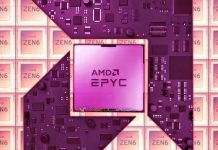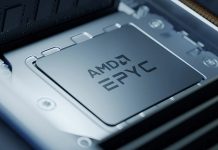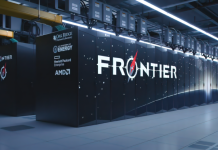Last updated on December 8th, 2022 at 02:34 pm
AMD on Ray Tracing on the Radeon RX 6000: We Targeted at 1440p
AMD Vice President Eric Bergman took part in a big interview with The Street, in which he touched upon the new Radeon RX 6000 graphics cards based on the RDNA 2 architecture. In addition, the senior manager of the company shared some thoughts on the future of the series of graphics accelerators Radeon and its subsequent transition to the new RDNA 3 architecture.
Don’t forget to leave us a comment below and let us know what you think!
Share Our Website for Technology News , Health News , Latest Smartphones , Mobiles , Games , LifeStyle , USA News & Much more...





